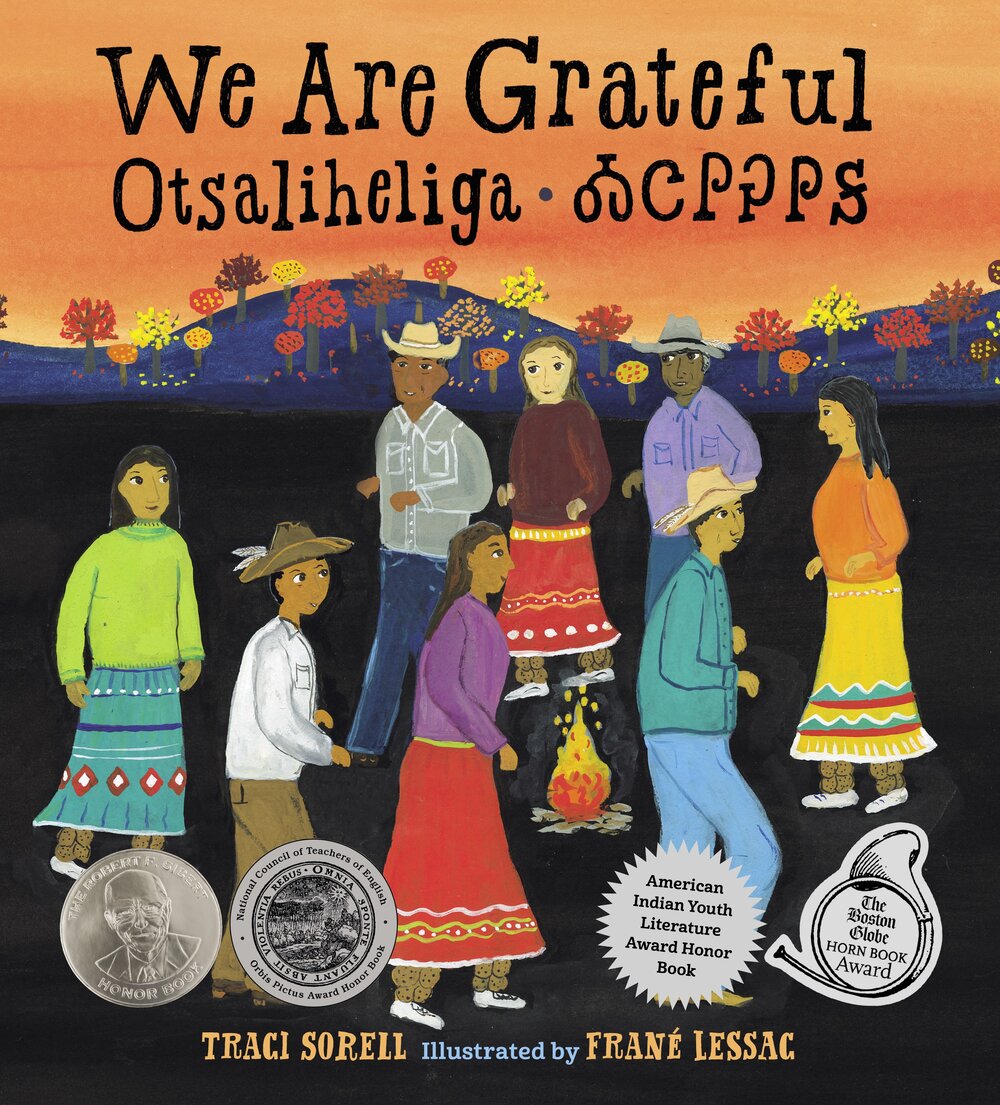As COVID-19 deaths spiked in 2020, Suzanne Firstenberg’s public art installation "In America: How could this happen…"
Museum Artifacts

Grade Range:
K-12
Resource Type(s):
Artifacts, Primary Sources
Date Posted:
9/17/2009
La Malinche, the title of this lithograph, was the indigenous woman who translated for Cortés between Maya, Náhuatl, and Spanish during his first years in Mexico. Considered either as a traitor or a founding mother by some Mexicans, La Malinche was Cortés' lover and the mother of his

Grade Range:
K-12
Resource Type(s):
Artifacts, Primary Sources
Date Posted:
11/4/2008
This telegraph register, manufactured in accord with the Morse patent, was installed in 1848 in South Bend, reputedly the first telegraph office in Indiana. Stamped on the base is "j. Burritt & son ithaca." Pulses of electricity caused the two vertical electromagnets (on the right) to pull ag

Grade Range:
K-12
Resource Type(s):
Artifacts, Primary Sources
Date Posted:
9/17/2009
The image shown here represents El Santo Niño de Atoche, a depiction of the Christ child common throughout Mexico and the American Southwest. Made by Rafael Aragón in Santa Fe, this particular image is from a retablo, a kind of Catholic devotional art. Aragón came from a family of santeros

Grade Range:
K-12
Resource Type(s):
Artifacts, Primary Sources
Date Posted:
6/19/2012
While training for combat on the fields of Yale University in 1917, Private J. Robert Conroy found a brindle puppy with a short tail. He named him Stubby, and soon the dog became the mascot of the 102nd Infantry, 26th Yankee Division. He learned the bugle calls, the drills, and even a modified do

Grade Range:
K-12
Resource Type(s):
Artifacts, Primary Sources
Date Posted:
11/14/2008
Laying the groundwork for the Chicano movement of the 1960s, organizations like the American G.I. Forum began advocating on behalf of Hispanic veterans who were denied the educational, health care, housing, and other rights guaranteed by the G.I. Bill. Often working in concert with the League of

Grade Range:
K-12
Resource Type(s):
Artifacts
Date Posted:
4/4/2016
Most incandescent lamps were designed for general use in homes and businesses. However, some required special features for use in particular locations. Westinghouse engineers designed this so-called mill lamp for use in factories and other areas subject to high levels of vibration. An intricate i

Grade Range:
K-12
Resource Type(s):
Artifacts
Date Posted:
5/4/2018
In the fictional universe of George Lucas' Star Wars films, robots called droids (short for android) come in many shapes and serve many purposes. Two droids-R2-D2 and C-3PO-have won enormous popularity for their supporting roles in all six of the series. In the collections of the museum are costu

Grade Range:
K-12
Resource Type(s):
Artifacts, Primary Sources
Date Posted:
9/3/2020
The May 1, also known as May Day, celebrates workers’ rights and is often marked by public marches. Constantly being adapted, May Day has seen many evolutions since its start at the Haymarket Square in Chicago in 1886. One demonstration of great significance is the May Day marches of 2006, in whic

Grade Range:
K-12
Resource Type(s):
Artifacts
Date Posted:
1/2/2022
As COVID-19 deaths spiked in 2020, Suzanne Firstenberg’s public art installation "In America: How could this happen…" memorialized the number of people in the United States who lost their lives to the Corona virus pandemic as of November of 2020. The work (taking up 4 acres of the Washington, DC

Grade Range:
5-12
Resource Type(s):
Artifacts, Primary Sources
Date Posted:
12/22/2010
Civil War battle rattle used on smaller ships to call all hands to battle stations.


















